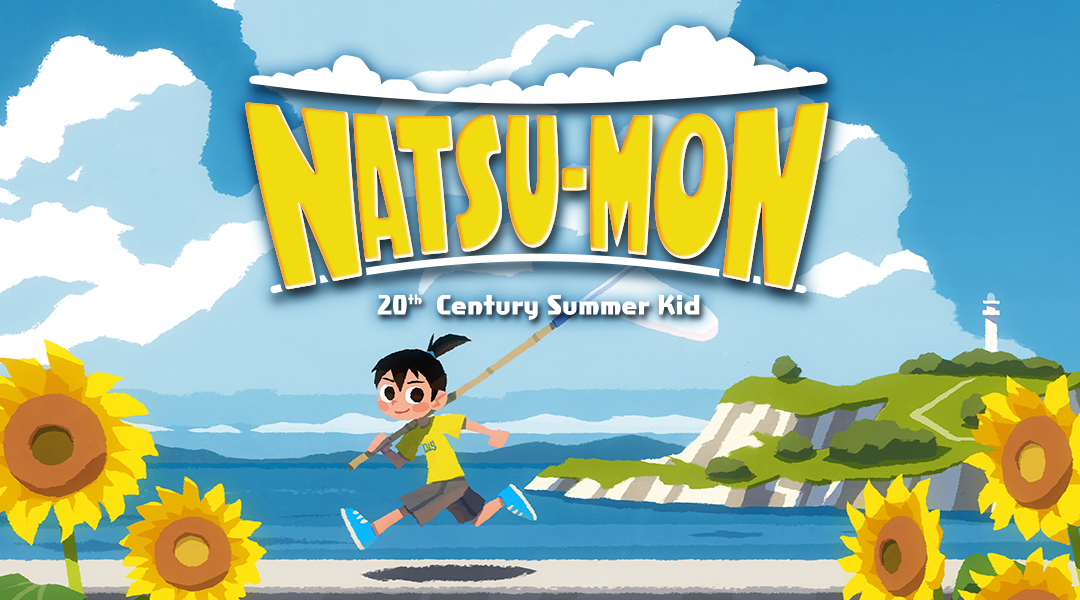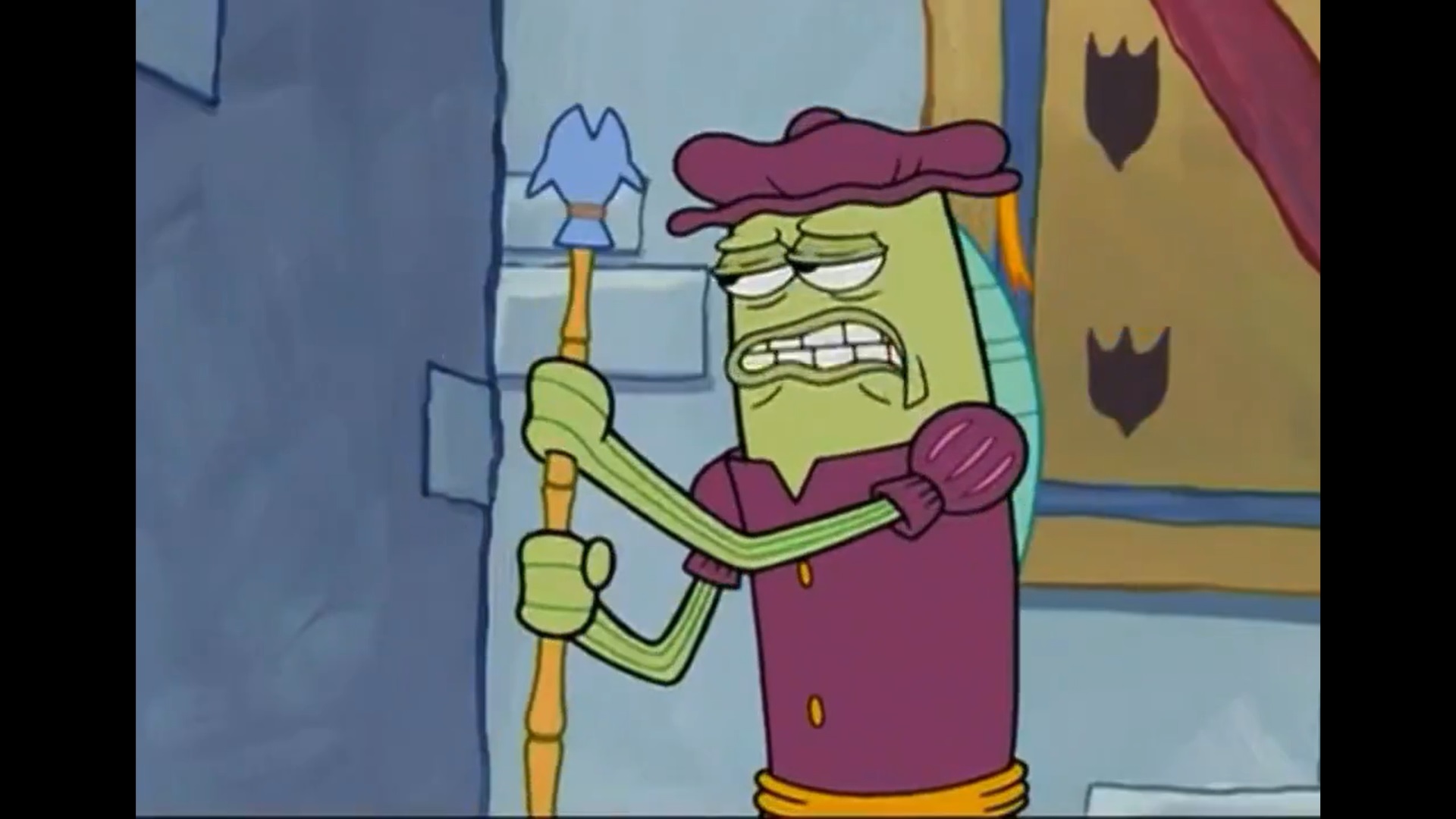The West’s closest to an official release of a Boku no Natsuyasumi game was with Shin-chan: Me and the Professor on Summer Vacation – The Endless Seven-Day Journey. At first, you’d think mixing the crass antics of Shin Nohara and the childhood wonderment of summer break would have been a proverbial Reeses’ Peanut Butter Cup, but the reality was that you ended up with peanut butter, cheese, and lettuce sandwich; an incoherent combination that pleases nobody.
It didn’t work for a variety of reasons; mostly because neither aspect was fully utilized to its fullest and Shin getting winded after traveling between a few screens sucked the joy out of exploring. It was time for a change. Natsuyasumi had barely evolved since its debut on PlayStation. While The Endless Seven-Day Journey didn’t deliver, Millennium Kitchen pressed on and sought to reinvent and reinvigorate its Natsuyasumi formula by taking cues from Breath of the Wild.
Now with a massive open world to explore, the ability to climb on almost any surface, and a fresh impressionistic art style, this spiritual successor to Boku no Natsuyasumi might have what it takes to connect with young gamers. Is Yomogi a great place to spend your summer vacation before it’s time to go back to school? Or is childhood nostalgia a waste of time? Find out in our Natsu-Mon!: 20th Century Summer Kid review!
Natsu-Mon! 20th Century Summer Kid
Developer: Millenium Kitchen, TOYBOX Inc.
Publisher: Spike Chunsoft
Platforms: Windows PC, Nintendo Switch (reviewed)
Release Date: August 6, 2024
Price: $39.99

Despite being made by the same developers and having the same premise, Natsu-Mon! 20th Century Summer Kid is not connected to the Boku no Natsuyasumi franchise. Sony owns Boku, so Millenium Kitchen can’t rightfully continue it on anything besides PlayStation. Thankfully, Natsu-Mon manages to surpass its spiritual predecessor in most ways imaginable.
The premise is centered on Satoru, a 10-year-old boy on his summer vacation with his family’s traveling circus troupe. His involvement is entirely up to the player since the game is mostly open-ended and non-linear. When Satoru is settled at the guest house in Yomogi, the play is free to do anything a 10-year-old Japanese kid can do in a rural town by the beach.

Bug catching and fishing are mainstays and every time Satoru makes a discovery he charmingly sketches it in his notebook. It’s part of his routine to prepare himself for school probably and feels like something my parents might have made me do on my break. Every Yomogi resident is unique and has a schedule that they go about in real-time. Thankfully nobody is ever hard to find since everyone shows up on a map.
When not getting distracted by stray bugs or the urge to cast a line in the creek, Satoru can get involved in side stories. These can range from something simple like exploring an area with other kids or going on a Goonies-like adventure in an old Japanese castle structured like a Zelda dungeon. Other times the residents may request some item, assign a daily chore, or give Satoru a long-term goal to work toward.
Many events do end with a “the treasure was the friends we made along the way”, kind of conclusion, but the writing and characterization are so heartfelt that it does feel like a genuine reward. Everything is optional and up to the player if they wish to engage or not. Having an uneventful summer is possible.

Completing as many goals is critical because all rewards feed into each other. Money is always helpful since Satoru’s family is broke and they need a lot of it by the time the summer break ends. The poor boy has to be the breadwinner for his deadbeat family’s artistic endeavors. The other reward is usually an increase in Satoru’s maximum stamina which takes the form of stickers. The more stamina he has, the higher he can climb and the longer he can run which is handy for getting around.
Natsu-Mon does manage to innovate in ways that Breath of the Wild and Tears of the Kingdom do not. Satoru can improve the height of his jump when he completes a full line of stamina stickers, which would have been very helpful for Link. This becomes one of the most substantial upgrades Satoru can earn since exploration and getting to out-of-reach places are the most important goals to accomplish. Satoru has a limited amount of days, and he won’t be able to accomplish everything in one go.

Natsu-Mon can feel a lot like Breath of the Wild if Link didn’t have to worry about staying alive or fighting and only focused on exploring. There are even hidden ghost girls throughout Yomogi that sometimes come with a mini-game, not unlike the Koroks, but less obnoxious since there aren’t 900 of them. Satoru can also fall as much and high as possible and will only have a Conan-esque fall stun since this is a low-stakes adventure about exploration and getting home in time for dinner.
Apart from bailing out his broke family, Satoru can spend his money on bait, bus fare, or some toys that have practical use. The acorn gun is handy for shooting things, but don’t expect Natsu-Mon to become a third-person shooter. Satoru plants his feet down firmly and becomes stationary while aiming. Sadly, he can’t go into the woods with his friends and have a shootout.

There are events in Natsu-Mon that will happen with or without the player getting involved. This makes the world feel real despite its cartoony art style. At night, Satoru may be more limited in where he can go, but it does help players stay in a localized area where things happen so players can catch up on some events they missed. Don’t stay up too late, or else you might miss the morning exercises.
The attention to detail in Yomogi is impressive. There is a lot of character to the world and the atmosphere flawlessly captures the longing sense of a faintly remembered childhood. The art style is appealing and relies on loose and sketchy textures. It feels nostalgic and when combined with the hopeful blue skies and the sounds of chirping crickets and cicadas, there is a moment where Natsu-Mon almost feels wistful.
Yomogi is a big area with two town areas, ruins, forests, caves, and derelict ships. It isn’t so big that it takes forever to get anywhere like in a Zelda game, but when scaled to a child, it feels utterly epic. It is dense and impressively vertical which is important to foster all the climbing.

As joyous as Natsu-Mon is, it does come with technical foibles on Nintendo Switch. Regretfully, the frame rate is very unstable. Millenium Kitch typically makes their games with fixed angles and illustrated backdrops, and while the indoor areas do usually rely on this, they had to get Toybox Games to help out making the open world.
Toybox Games don’t have the best track record. They can be a liability or they can be merely adequate. Fortunately, Natsu-Mon is not a trainwreck like their work on Deadly Premonition 2, but they also don’t achieve the stability seen in DC Super Hero girls either. The core experience is designed to be relaxing which makes the chaotic framerate less of a hassle.
It would have been nice if the game ran fluidly and the shadow draw distance wasn’t inconsistent. The choppiness is at its worst while in the town areas where the graphics are at their most dense with details and NPCs are scurrying around. While roaming the countryside, getting lost in the cornfield, or spelunking in a cave, expect the framerate to vary. There is never a moment when the game can achieve fluidity.

Even though Natsu-Mon sputters and can’t maintain a stable framerate, it managed to be one of the most enjoyable games I have played in 2024. It hits all of the emotional requirements to get absorbed in the setting and the relaxing ambiance without cynicism. There is a lot to see and discover, as well as characters to get to know.
Natsu-Mon! 20th Century Summer Kid is excellent despite its terrible frame rate. The West is very likely never going to get an official release of Boku’s games, but the truth is that Satoru has the better summer break.
Natsu-Mon! 20th Century Summer Kid was reviewed on a Nintendo Switch using a code provided by Spike Chunsoft. You can find additional information about Niche Gamer’s review/ethics policy here. Natsu-Mon! 20th Century Summer Kid is now available for PC (via Steam) and Nintendo Switch.


